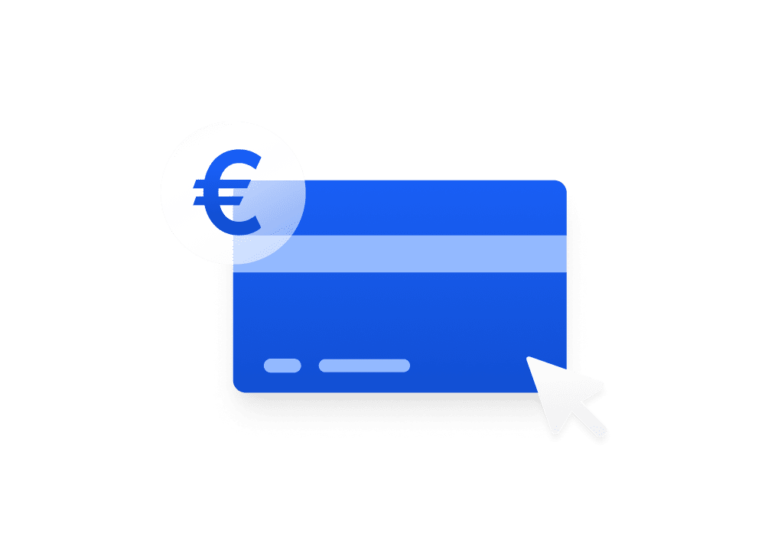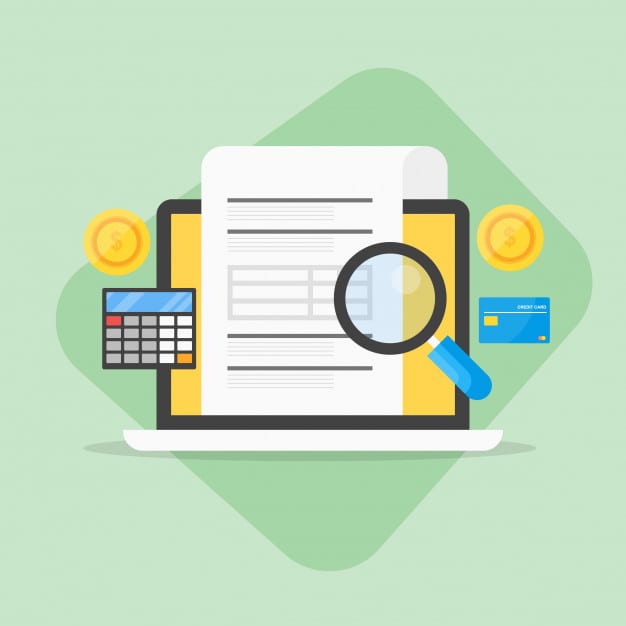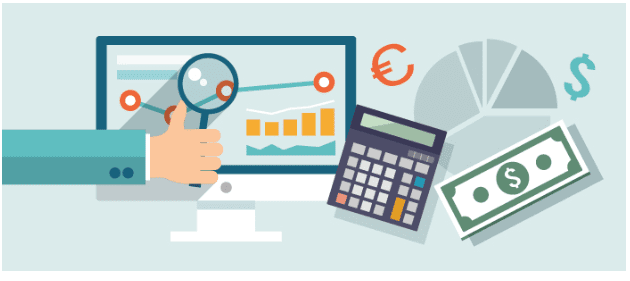Customer relationship management (CRM) is something that all leading businesses invest in. Given the importance of providing good customer service that, in many cases, is available 24/7, this should come as no surprise.
Many entrepreneurs get frustrated when it comes to CRM: they don’t know how to do it, what it involves, or where to start. Fortunately, there are plenty of CRM software tools available on the market that let you keep track of your prospects seamlessly. From storing information to recording purchase history, CRM software can do it all.
Making the Most of CRM Software
If you want your CRM to be truly effective and yield the best results, you need to ensure that you are utilizing your CRM software properly to extract the most value. In this blog post, we are going to cover five key tips that you can use to make the most of your CRM software.
1. Choose the right CRM Software
Not all CRM solutions are the same. If you choose without undertaking proper research, then you may find that it doesn’t align with your business needs. This is bad news if you have shelled out a lot of money to pay for the software or are tied up in a long-term contract. Some examples of key questions include:
- Do we need something cloud-based?
- Do we need granular data collection and lots of customization?
- Is a basic product enough?
- Will we benefit from a service contract?
All these and more are important to consider.
2. Use automation features
CRM software is designed for automation; this helps your company by ensuring that all the work and heavy lifting is done by the software itself.
Certain tasks, e.g. data entry, can be completed automatically and taking advantage of this automation is something that you should do whenever possible. Using automation features stops tying up your employees’ time and reduces the chance of errors.
3. Know what CRM software can’t do
Whilst they are good, they can’t do everything and knowing what they can and can’t do is the best way to avoid making the wrong decisions.
Although CRM tools can help you achieve specific objectives, it cannot do the legwork such as strategy creation for you. It is your job as a business leader to understand your market and figure out to whom your CRM should be targeted. Once you have this down, your CRM tools can get to work in delivering benefits.
4. Create a CRM strategy
It is always a good idea to create a strategy for your CRM, especially if you are a larger organization or are experiencing a period of growth.
Your CRM strategy could include considerations such as how data will be collected and entered into your system, how it will be processed and maintained in the long-term, and what limitations you may face, or how often this data can be used by people within your organization to interact with your customers.
5. Get everybody involved
If your staff aren’t behind you, your CRM strategy isn’t going to work, and you will be wasting your time trying to implement CRM tools.
It is important that you get all your staff behind CRM and ensure that they understand why it’s necessary and how to use it. After all, if your staff aren’t going to support your CRM efforts and utilize the tools that you implement, there really is no point in implementing them.
One of the major benefits associated with CRM tools is that they can be used collaboratively between departments for maximum utility. By making sure that the tools are accessible by all and that the same information is up for grabs, there’ll be more cohesiveness and less confusion.
Unlocking the True Potential of CRM
Using the right tools is by far the best way to get the most out of your CRM. CRM tools are simple to implement and, depending on your needs, they are highly customizable and can be automated for ease of use.
You can’t just implement CRM software and expect it to work like magic, though. Having a CRM strategy definitely helps and there are lots of best practices you can employ to ensure you get the most out of your tools.











